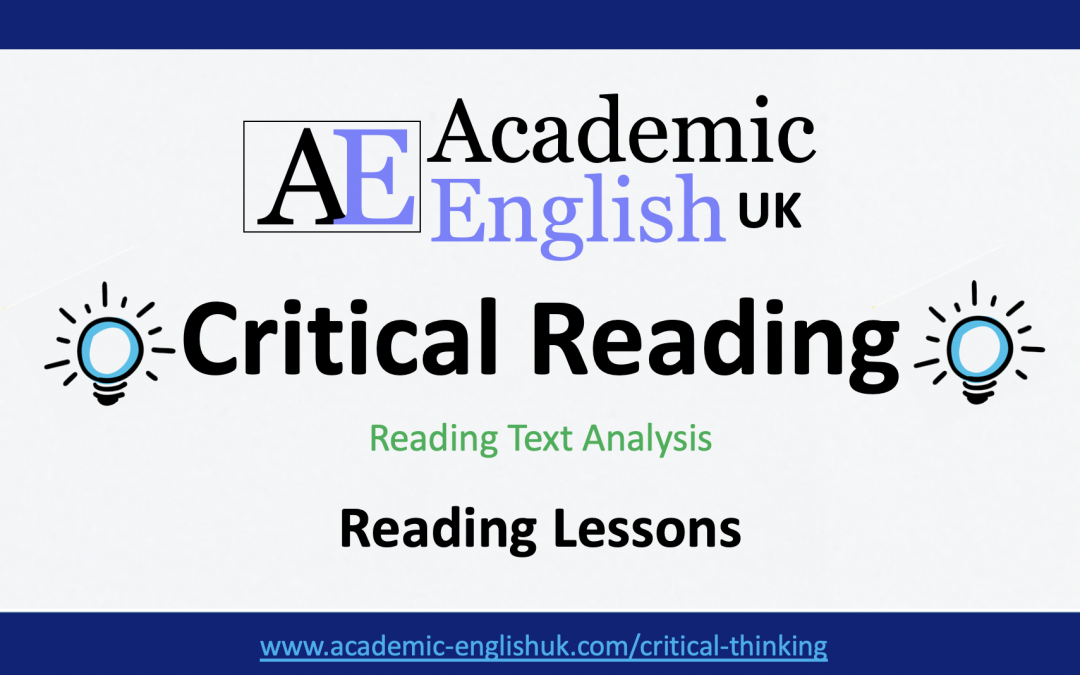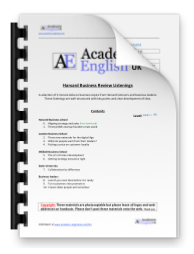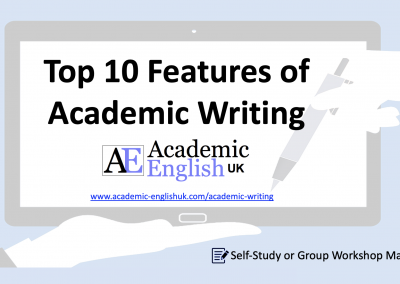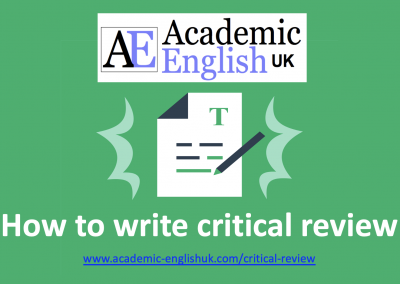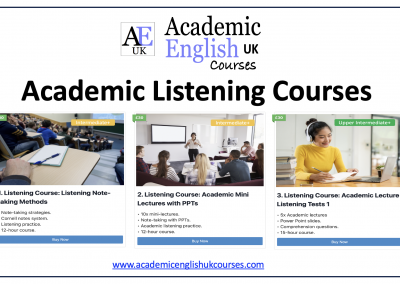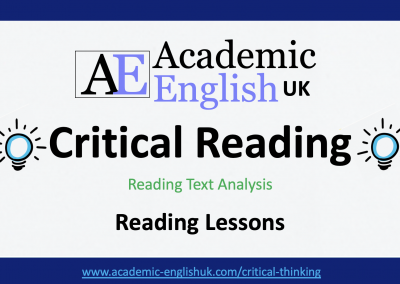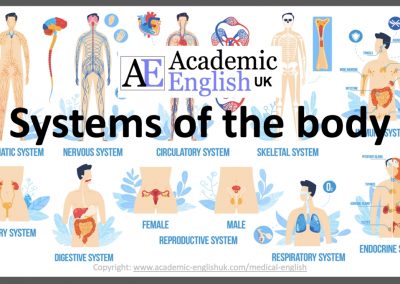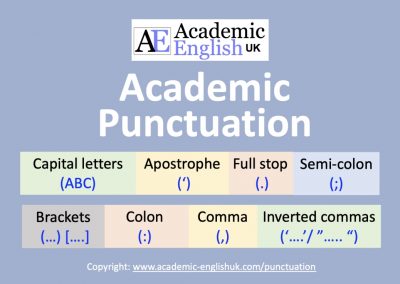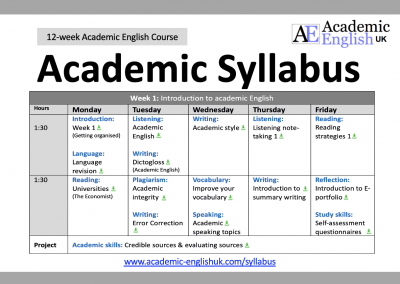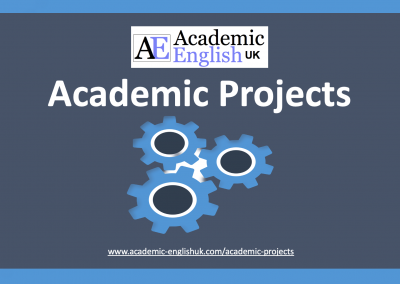Critical Reading
What is critical reading?
Critical reading is necessary for critical writing. Texts need to be examined carefully and critically in order to create a critical analysis of the topic. This information is then used to support a position in writing. Developing an effective research strategy starts with the analysis and evaluation of reading texts. The essential method for critical reading is:
- Read the text carefully, always asking questions.
- Check the evidence used in the text. What sources have been used and why? Are these credible?
- Compare with other sources dealing with the same topic.
- Evaluate and draw your OWN conclusions.
Critical Analysis Definitions
Critical reading is about engaging with the text by asking questions rather than passively accepting what it says (York University, 2024).
Reading critically means questioning arguments, ideas and evidence, and comparing them with other sources, and any other research you have found (Leeds University, 2024).
Reading critically means reading a text ‘beneath the surface’ of what the words say and not taking it at face value. It is about questioning its source, establishing connections between the author’s intended meaning and the meaning you make from it as a reader (Monash University, 2024).
Critical reading is the process of reading that goes beyond just understanding a text. Critical reading involves: carefully considering and evaluating the reading, identifying the reading’s strengths and implications, identifying the reading’s weaknesses and flaws and looking at the ‘big picture’ and deciding how the reading fits into the greater academic context (Massey University, 2024)
How to critically analyse a reading text
A short video on critical reading.
If you can’t access this YouTube video in your country, go here
Video Worksheet: click here
Critical Analysis Reading Texts
Text Analysis 1: Going to university
Text Analysis 1: Going to University (updated 2024)
A great lesson for developing and practising critical thinking reading skills. It is a 400-word text on ‘going to university’ with over 15 possible problems. Students use the higher level thinking skills of analysis and evaluation to examine, question and critique the text. Example. Level: ***** [B1/B2/C1] TEACHER MEMBERSHIP / INSTITUTIONAL MEMBERSHIP
*
Text Analysis 2: Cost-of-living crisis
Text Analysis 2: Cost-of-Living Crisis (new 2024)
A great lesson for developing and practising critical thinking reading skills. It is a 400-word text on ‘the cost-of-living crisis’ with over 18 possible problems. Students use the higher level thinking skills of analysis and evaluation to examine, question and critique the text. Example. Level: ***** [B1/B2/C1] TEACHER MEMBERSHIP / INSTITUTIONAL MEMBERSHIP
*
Text Analysis 3: Climate Change
Text Analysis 3: Climate Change: The Turning Point (new 2024)
A great lesson for developing and practising critical thinking reading skills. It is a 400-word text on ‘Climate Change’ with over 24 possible problems. Students use the higher level thinking skills of analysis and evaluation to examine, question and critique the text. Example. Level: ***** [B1/B2/C1] TEACHER MEMBERSHIP / INSTITUTIONAL MEMBERSHIP
*
Text Analysis 4: Climate Change
Text Analysis 4: Population Growth (new 2024)
A great lesson for developing and practising critical thinking reading skills. It is a 400-word text on ‘population growth’ with over 20 possible problems. Students use the higher level thinking skills of analysis and evaluation to examine, question and critique the text. Example. Level: ***** [B1/B2/C1] TEACHER MEMBERSHIP / INSTITUTIONAL MEMBERSHIP
*
Text Analysis 5: Data Centres
Text Analysis 5: Data Centres (new 2024)
A great lesson for developing and practising critical thinking reading skills. It is a 400-word text on ‘data centres’ with over 26 possible problems. Students use the higher level thinking skills of analysis and evaluation to examine, question and critique the text. Example. Level: ***** [B1/B2/C1] TEACHER MEMBERSHIP / INSTITUTIONAL MEMBERSHIP
*
Pay-per-Download
Terms & Conditions of Use
Dictogloss: A Critical Thinking Definition
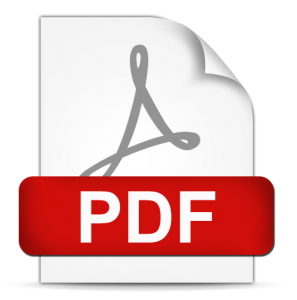 Dictogloss: Critical Thinking
Dictogloss: Critical Thinking
The basic history of critical thinking, the main words associated with it and its importance.Key Language: Verb + noun collocations / critical thinking terminology. Level: ***** [C1] TEACHER MEMBERSHIP / INSTITUTIONAL MEMBERSHIP
Academic Listening Test by AEUK
 Critical Thinking: An Introduction – Lecture Listening Lesson
Critical Thinking: An Introduction – Lecture Listening Lesson
This lecture focuses on critical thinking at university. It includes a definition, alternative thinking styles, Bloom’s taxonomy and how to apply analysing and evaluation questions to reading and writing. It includes a video, test questions, tapescript and PPT (example). Level ***** [B2/C1] / PPT link in download / Video [10.00] TEACHER MEMBERSHIP / INSTITUTIONAL MEMBERSHIP
*
Speaking: critical thinking discussion: ‘fact over opinion’.
Critical Speaking: 8 questions most people get wrong!
A great lesson for highlighting facts over opinions. This lesson asks students to discuss 8 questions based around a variety of topics. The lesson is based on research by Hans Rosling a UN advisor, professor of international health and medical physician, who argues many people have an over-dramatic world view that it’s not based on facts. The lesson includes factual data from the World Bank and UN to support all answers. Example. Level: ***** [C1 – High level] TEACHER MEMBERSHIP / INSTITUTIONAL MEMBERSHIP
*
Critical Thinking PDF Lesson Book
Critical Thinking Lesson PDF Book
AMAZING VALUE – Five lessons in one book. Introduction, definition, text analysis reading, lecture listening test, and speaking discussion. Example. TEACHER MEMBERSHIP / INSTITUTIONAL MEMBERSHIP
*
Listening on the theory of higher thinking skills.

Bloom’s Taxonomy: Higher-Order Thinking Skills – LSU Centre for Academic Success
This short video provides a brief overview of Bloom’s taxonomy: classification of learning levels. It discusses each level but pays particular attention to the higher levels of analysing, evaluating and creating. It is a nice introduction to the theory of critical thinking. Example. Level: ***** [B2/C1] / Video [3.51] / TEACHER MEMBERSHIP / INSTITUTIONAL MEMBERSHIP
*
Bloom’s Cue Cards
Critical Thinking: Bloom’s Taxonomy Cue Questions
This information sheet provides a set of cue questions for each level of the taxonomy. A very helpful resource to accompany the theory of Bloom’s classification of thinking levels. TEACHER MEMBERSHIP / INSTITUTIONAL MEMBERSHIP
TED Talks 5 Tips for Critical Thinking
5 tips to improve critical thinking – Samantha Agoos
TED TALK: This lecture discusses briefly what is critical thinking and five key strategies to apply to improve critical thinking. It is a good listening as an introduction to criticality. Example. Level: ***** [B1/B2/C1] / Video [4:16] TEACHER MEMBERSHIP / INSTITUTIONAL MEMBERSHIP
*
TED Talks Ethical Dilemmas
Would you sacrifice one person to save five?– Eleanor Nelson
TED TALK: This lecture discusses an ethical dilemma called ‘The Trolley Problem’ devised by Philippa Foot (1967). It highlights why this type of ethical analysis is important in contemporary society. Example. Level: ***** [B1/B2/C1] / Video [4:35] / TEACHER MEMBERSHIP / INSTITUTIONAL MEMBERSHIP
*
Questioning worksheets
Critical Thinking Reading & Listening Questions
Critical Thinking: Questions to Support Critical Reading
This information sheet provides a range of questions that should be applied when reading any academic text. The answers to these question should be then applied in writing. TEACHER MEMBERSHIP / INSTITUTIONAL MEMBERSHIP
Critical Thinking Infographic
Critical Thinking: Cheat Sheet Infographic
This is a simple infographic offering questions that work to develop critical thinking on any given topic. Whenever your students discover or talk about new information, encourage them to use these questions for sparking debate and the sharing of opinions and insights among each other.TEACHER MEMBERSHIP / INSTITUTIONAL MEMBERSHIP
Critical Thinking Linear Questions
Critical Thinking: A Linear Question Sheet
This information sheet shows the development of an argument: from description to analysis and evaluation. It sets out a linear model of guiding questions that lead into each level of thinking (Plymouth University).TEACHER MEMBERSHIP / INSTITUTIONAL MEMBERSHIP
Critical Thinking Socratic Questions
Critical Thinking: Socratic Questioning
This information sheet uses a range of socratic question under the topics of: clarifying, challenging, using evidence, exploring evidence, considering consequences and questioning the question (TES).TEACHER MEMBERSHIP / INSTITUTIONAL MEMBERSHIP

